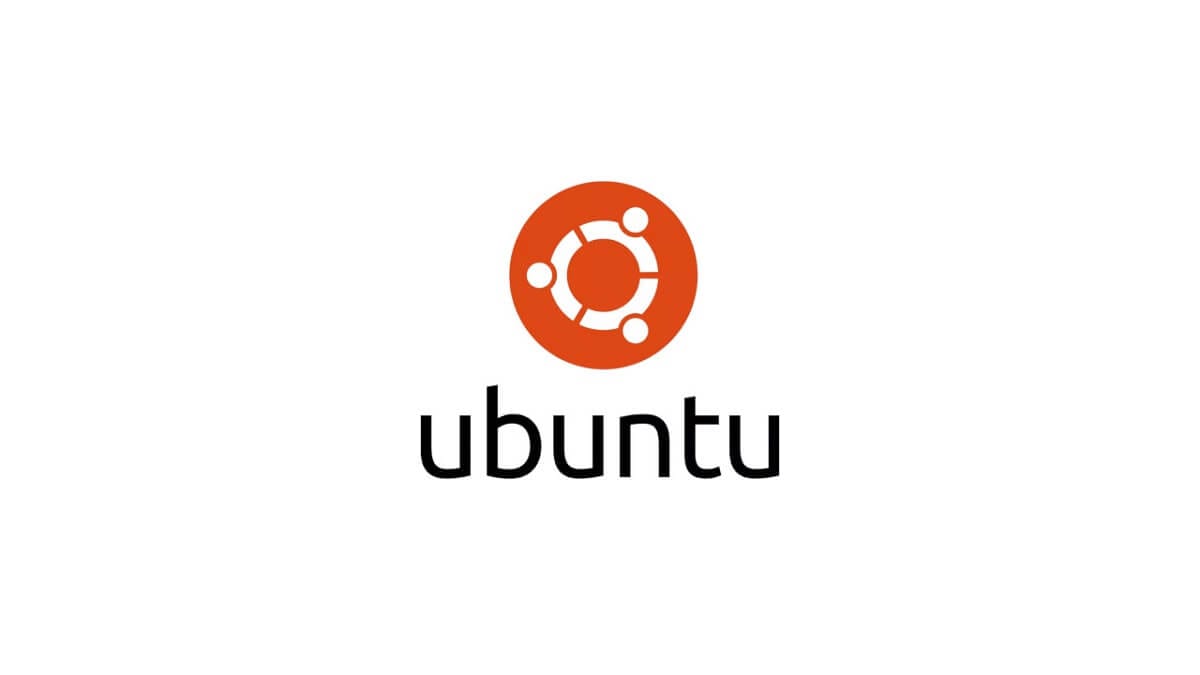
Despite the fact that Windows is one of the most used operating systems and that it is possible to carry out a multitude of tasks directly from it, the truth is that sometimes it falls short, being necessary to use other operating systems. And, in this case, Linux distributions like Ubuntu are quite popular.
The truth is that depending on what you want to do, Ubuntu can be an ideal operating system, but if at the same time you don't want to separate yourself from Windows, you can either use programs like VirtualBox to create virtual machines and emulate it, or install it together with Windows using Dual Boot, so it is possible to manually choose the operating system to use when starting the computer. Since the first option has its limitations, we are going to show you how you can install Ubuntu on a partition on your computer.
So you can install Ubuntu on a partition of your computer next to Windows
First of all, it is important to clarify that you must be aware of the changes you make to your computer and take responsibility for them. It is not a very complicated process, but data could be lost if you follow the steps wrong or make a mistake, so we recommend always keep a backup of your information. If you already have this ready, below we detail step by step what you need to install Ubuntu along with Windows 10 on your computer.

Prepare the installation media
First of all, in order to install Ubuntu on your computer, you need a copy of the installation program. En the Ubuntu download page you can get the latest version of said program, both in its stable version and in the latest version. You must choose the one you want (for the tutorial we have used 19.10, but the steps are the same in most) and download the corresponding image in ISO format.
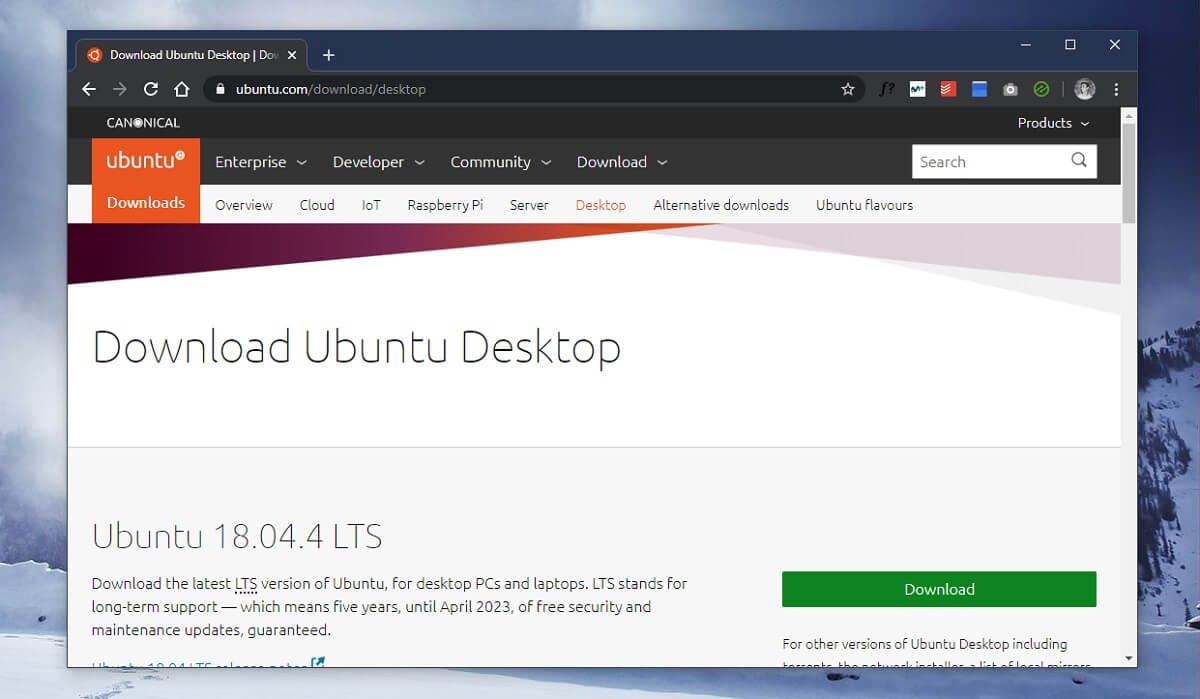
After, you are going to need burn the ISO image to a pendrive or disc (CD / DVD). This depends on your hardware capabilities, but in this case the best thing to do to speed up the process is to do it with a USB stick, since generally reading and writing speeds are higher. You can use Microsoft's assistant if you want to burn it on a CD or DVD, while to do it on a pendrive you will need a tool as Rufus. Check out these guides if you need help burning the disc image:
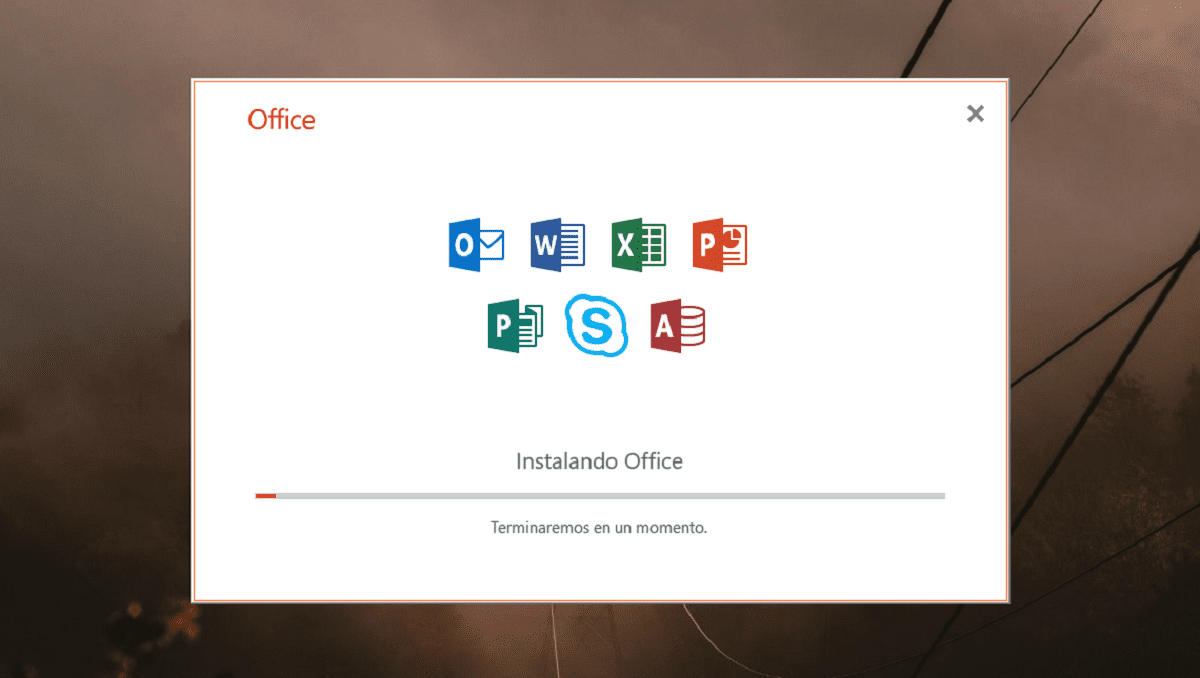
Reduce the size of the hard drive to install Ubuntu
Once the installation media is created, you should keep it for later use. Before doing so, it is necessary to make a hole in the hard disk to install Ubuntu. To do this, you must create partition but without a simple volume. That is, you must access Windows disk management, for which you can search for "Create and format hard disk partitions", and then reduce the volume by right clicking on the disk C: on which Windows is installed.
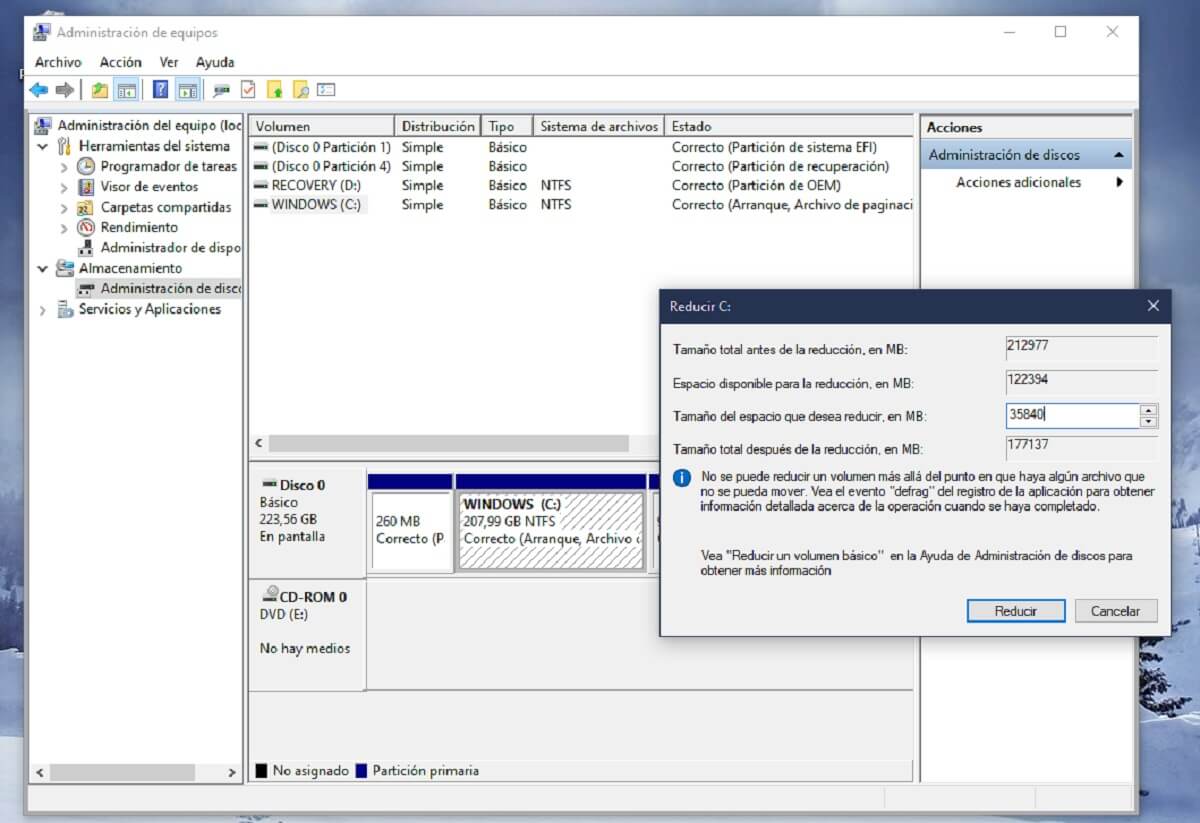
There you should select in MB the portion of the hard disk that you would like to be available for Ubuntu and not for Windows, and when you are ready select the option to reduce so that it is released. If you have done it right, you will be able to see another part of the hard drive appear under the name “Unassigned”. It is important that don't create a new volume, since that will be done from the installation program itself directly.
Boot your computer from the installation media created
Whether you have used a pendrive or if you have preferred to do it with an optical drive, keep the device connected and turn off your computer. Afterwards, you should turn it on by configuring it to boot from it. This varies depending on your computer, but generally if you press the ESC or DEL key, you should see a option to select boot device, or to access BIOS setup. In the latter case, you will have to modify the boot order so that the connected device starts before the computer's hard drive.

In any case, If this does not work for you, look in the manual of your equipment or on the Internet the corresponding option for your computer or motherboard model, as some manufacturers change these options.

Install Ubuntu on the computer
If everything goes fine, you should see a list of options, usually in English, where using the keyboard arrows and enter to select, it will be possible to choose. In addition to the ability to test the system directly from the installation media, you should see the option of Install Ubuntu, which is the recommended one. You will automatically see how the system installer starts.
You should view a graphical interface, in which you can configure an Internet connection and various aspects from the upper right. When you are ready to install, complete the first steps of the wizard to your liking: the language, the keyboard layout and if you are interested in receiving updates during the installation and installing certain drivers.
Then you will get to the most important step, which is the type of installation. In most cases, Ubuntu detects that there is another operating system already installed, and therefore a option at the top called "Install Ubuntu next to Windows Boot Manager". If this is your case, select it, and if not, choose "Advanced" and select the unallocated space on the disk as the installation location so that there are no problems with Windows 10.
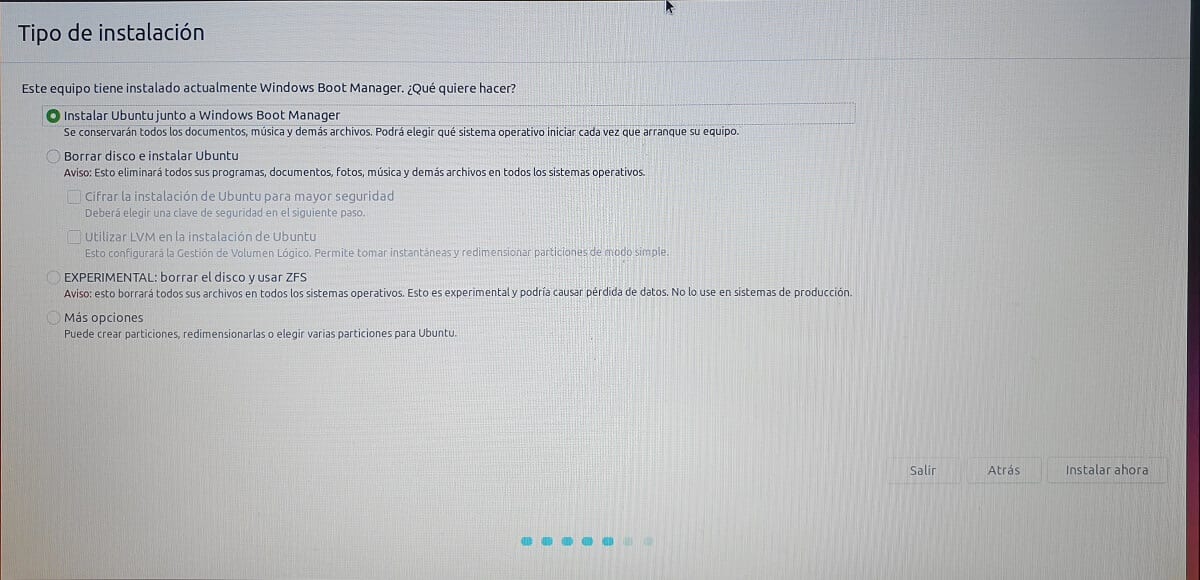

Once this step is done, Ubuntu installation will start in the background. Meanwhile, you can fill in some of the parameters, such as the regional settings or the data of the administrator user of the equipment. Then you will only have wait for the operating system to be correctly installed.
As soon as this happens, the installation program will ask you to restart the computer and that you extract the USB pendrive or the disk that you have used to install the system, and everything will be ready for you to start working.
Swap between Ubuntu and Windows with Dual Boot
Most likely, by default Ubuntu is always the operating system with which your computer starts, which is recommended since in a few seconds It will show you a window without a graphical interface so that with the arrows on the keyboard you can select Ubuntu or Windows 10 ("Windows Boot Manager").
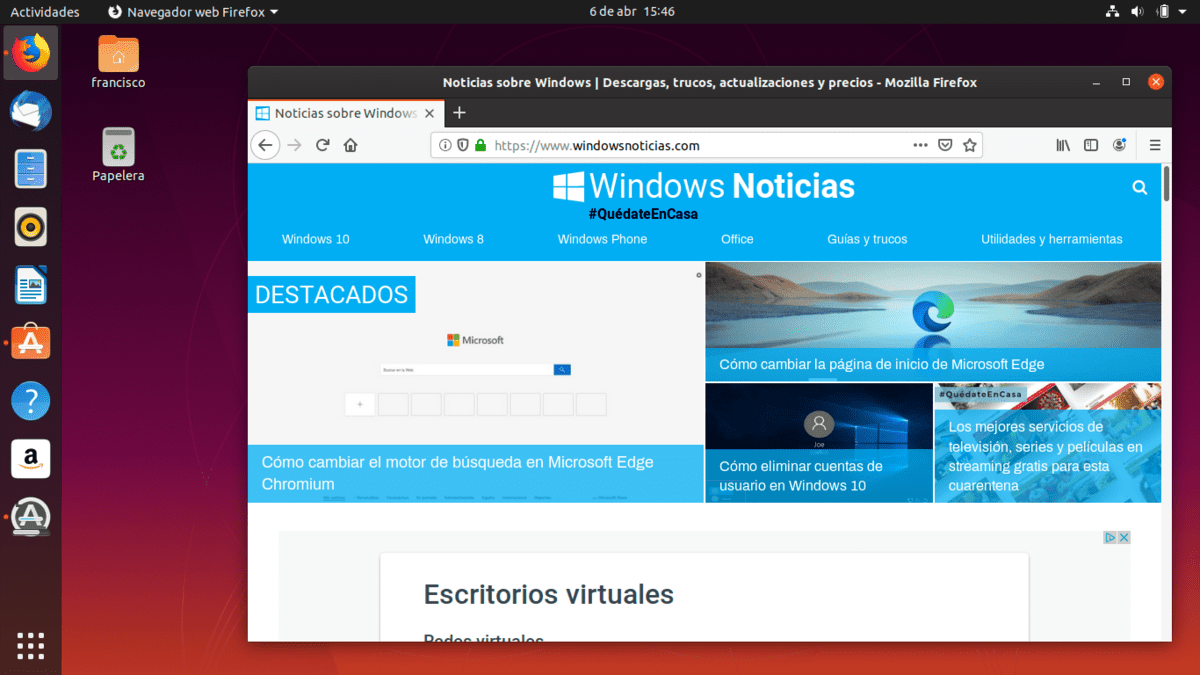

Every time you start the computer the same thing will happen, and you will be able to choose your favorite operating system depending on the moment.. If not, in the same way you have to be able to change by accessing the Windows 10 advanced startup options, or by configuring the boot devices of your computer's motherboard. It should also be noted that both operating systems can receive their corresponding updates without any problem, and you will even be able to reinstall either one without affecting the other.